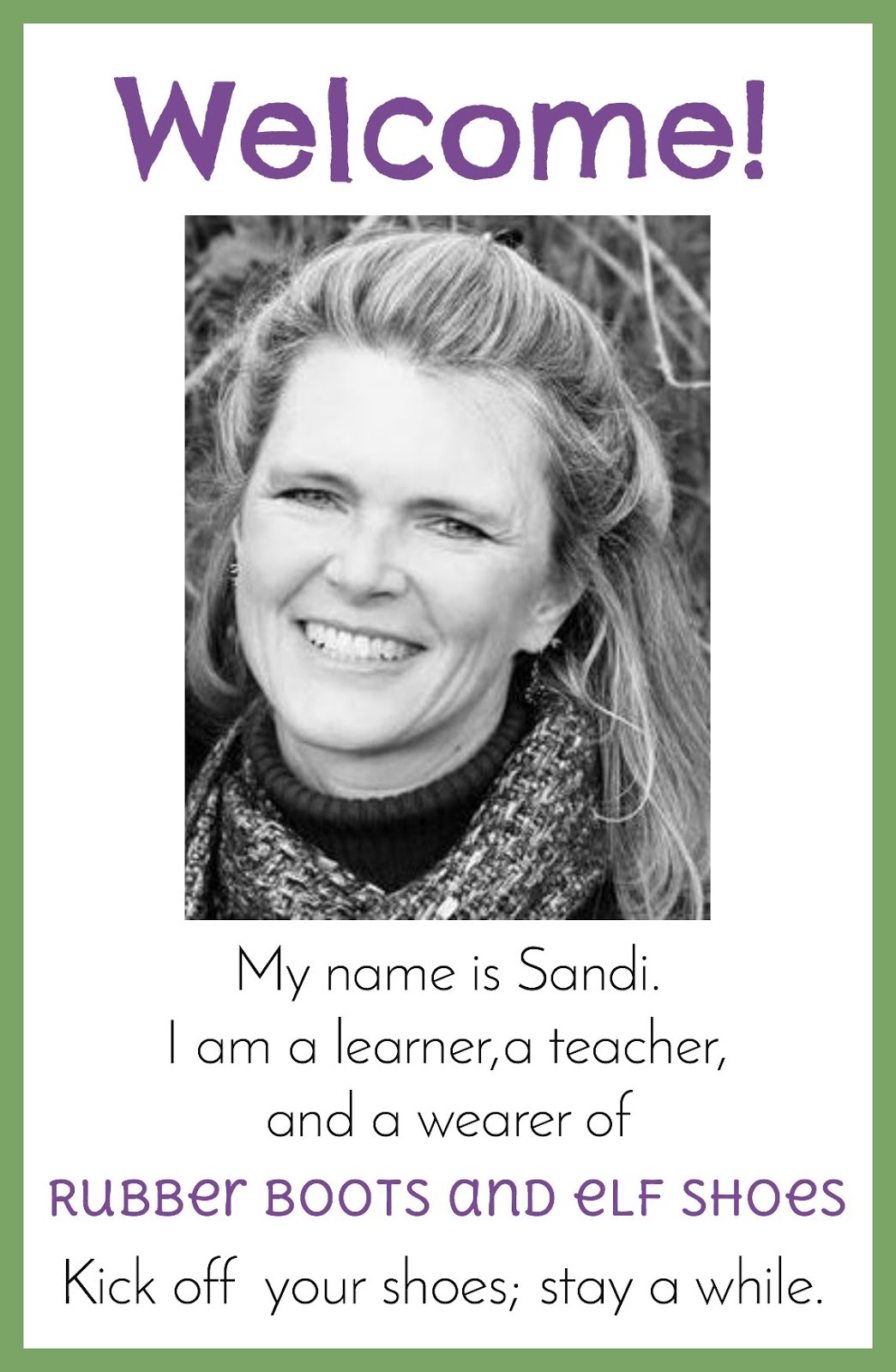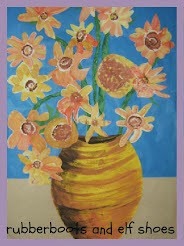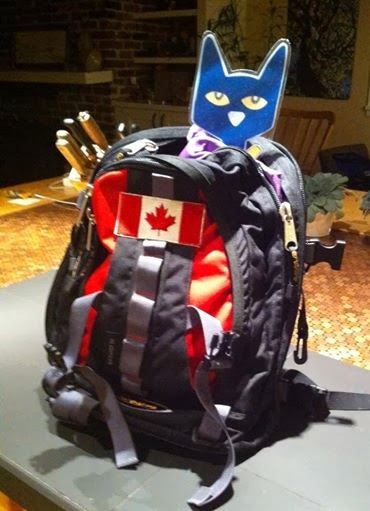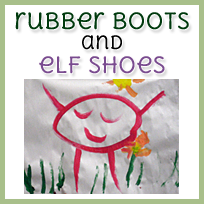Kids and water.
I figured that in the warmth (it hasn't been the blistering heat that I was anticipating - but still a whole lot warmer than home!) of South Africa was a no fail combination.
No official "water play" toys. So we improvised. Old school water play. The way my mum did it. Way back when.
Two washtubs, two buckets, some sand pails that had been donated and some empty containers.
Add children.
Add children.
Pouring.
Concentrating.
I really wanted a colander (or something like it) for the kids to play cause and effect with. No one had a colander. So I improvised. An empty yogurt container and a nail, and I had myself a free water toy.
Two wee boys found a couple of pails, poured back and forth, acquired
More water, added grass, leaves and seeds, and kept a story/game evolving for over an hour. I so wished that I could have understood their story. Still need to work on my Zulu.
One little fellow assigned himself to help me with refilling the buckets.
He filled; I carried. We were a good team.
The best part of this activity; the pre school teachers realized how simple it could be.
I think they'll do it again. :)



















































